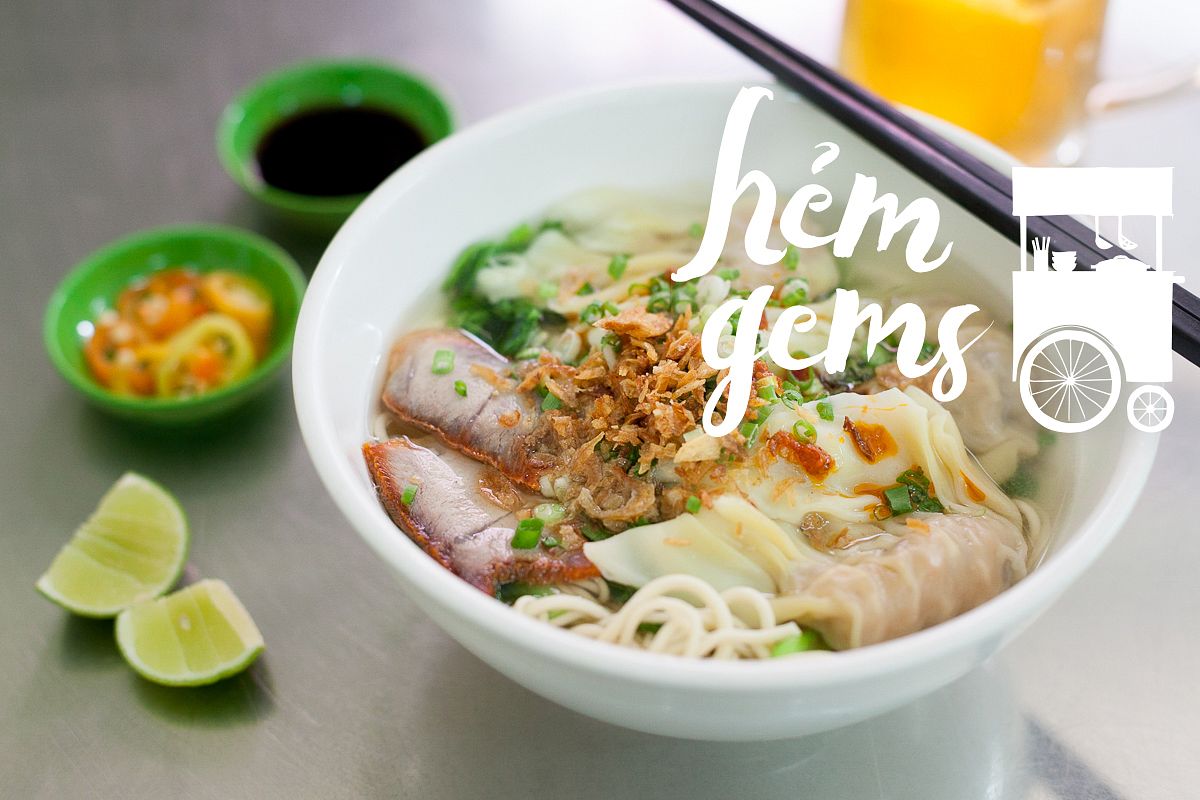Every time I lap up a spoonful of searing broth that’s so spicy I could almost count the number of times my face pulses, I feel grateful for taste buds.
In Asia, we take such immense pride in our food’s savory heat and our palate’s sterling tolerance of spiciness it’s hard to believe that chilis were once non-existent in the continent. From Aleppo to Kashmiri, all of today’s pepper cultivars are distant descendants of chilis from the Americas. European traders brought them across the Atlantic back home and then to Africa and Asia, where these enthusiastic fruit-bearing nightshades took root and proliferated with reckless abandon.

Gochujang, Sichuan pepper, sa tế, shichimi togarashi, sambal, you name it — some of Asia’s most delectable condiments make spiciness their central flavor. We would be unmoored without chili pepper, relegated to a barely lived fate filled with bland broth and insipidly unremarkable noodles. Being able to sense spiciness, the effect of a special chemical called capsaicin, is a feature reserved for mammals. Nightshade plants like chilis evolved to store the striking heat in their fruits to deter erring mammals, which find the taste abhorrent. Birds, however, cannot taste capsaicin, and are therefore the trusted vessels helping chili plants disseminate their seeds across distances. While buffaloes, horses and rodents are repulsed by chili peppers, humans eat them for sport — for the enjoyment of spiciness is a uniquely human privilege.
There are few Chinese dishes that celebrate spiciness quite as unapologetically as suan la fen, a hot and sour noodle that originated in landlocked Chongqing, but over time has followed immigrants to all parts of China and even abroad. The megacity of 12 million citizens, attached to the belly of Sichuan Province, is famous for its hot pot and a range of delicacies heralding the region’s prized chili peppers like la zi ji and xiao mian.

In 2020, pandemic culture spawned a number of food trends of varying degrees of involvement. There’s Dalgona coffee, a frothy beverage from South Korea; sourdough bread baking adventures; and, of course, home-cooking has never been so prevalent, now that it’s legally impossible in some countries to eat out. A curious trend also swept over Asian countries: trying novelty instant noodles. At the forefront of this was no other than instant suan la fen, sold in now-iconic paper cups. Netizens in Singapore, Thailand and Vietnam slurp up the crimson-colored noodle soup with glee (and grimace) in TikTok videos and YouTube taste tests. In Vietnam, it’s known as miến chua cay Trùng Khánh and are sold via online vendors of e-commerce platforms.
The version of suan la fen we tasted in Saigon for this week’s Hẻm Gem is reportedly a rendition popular in Macau, where the noodle shop’s owner used to work. It is challenging to compare and contrast the two noodle dishes between the inland and coastal cities, though we can be certain that it’s vastly superior to its instant iteration. To seek out bún chua cay Macao, as the restaurant calls it in Vietnamese, head to Bửu Đình Street in District 6 just west of Chợ Lớn. Despite the designation, Bửu Đình is more hẻm than street, with nary a pavement, and civic life blending seamlessly between private households and alley vibes. We settle down at one of the three tables on the curbside right in front of the eatery’s shopfront, smack-dab in the chaos of hẻm life.

To customize your own portion of suan la fen, first pick a noodle type between “white” and “black,” or both — white noodle means thick strands commonly seen in bún bò, while black noodle is the traditional kind enjoyed by Chinese eaters. Then, choose a favorite protein: frog, chicken, pork ribs, squid, shrimp, beef, meatballs, offal, or thập cẩm mix that has a bit of everything. The noodles and bits of protein are then submerged in a sparkling broth peppered with roasted peanuts. Of course, our omnivorous appetite means that thập cẩm is without any question the must-have pick.
The resulting bowl with black noodles (VND66,000) is interesting, to say the least. The mish-mash of surf-and-turf evokes strange memories of wedding hotpots at the end of a reception, even though each meat is cooked decently — I would recommend picking only one or two favorite proteins at a time instead. The broth doesn’t pull any punches and truly lives up to its hot and sour title: a sharp sourness brought about by black vinegar and pickled cabbages is flanked by a heat that will leave one panting. Despite the assault on the senses, you’ll find yourself unable to stop eating and slurping the soup to exercise your very human privilege of being thrilled by spiciness. The “black” noodle is in actuality an ashy grey, possessing a fantastic bite unlike any noodle I’ve ever tasted. According to the owner, these noodles are made from sweet potato, instead of rice. It may take a few more seconds to chew through, but I’m already envisioning a future with sweet potato noodles in everything I eat from now on.





Apart from the main noodle course, the restaurant also sells three types of snacks: cucumber salad, century egg with spicy bean paste, and curried fishballs. The sourness sings through the cucumber and century egg salads and pairs particularly well with the umami richness of century egg.
It’s obvious that Bửu Đình’s suan la fen is not for delicate eaters: it champions generosity, both in flavors and portion size. There is a lot, quite literally, to work through, but if one has a penchant for sharpness in their culinary preference, this is the noodle dish to conquer.

Bún Chua Cay Macao is open from 10am to 9:30pm.
To sum up:
Taste: 4/5
Price: 4/5
Atmosphere: 4/5
Friendliness: 5/5
Location: 5/5 — Charming hẻm and charming neighbors.
Khoi loves noodles, is a raging millennial and will write for food.
Hot and sour noodles
51 Bửu Đình, Ward 5, D6

















